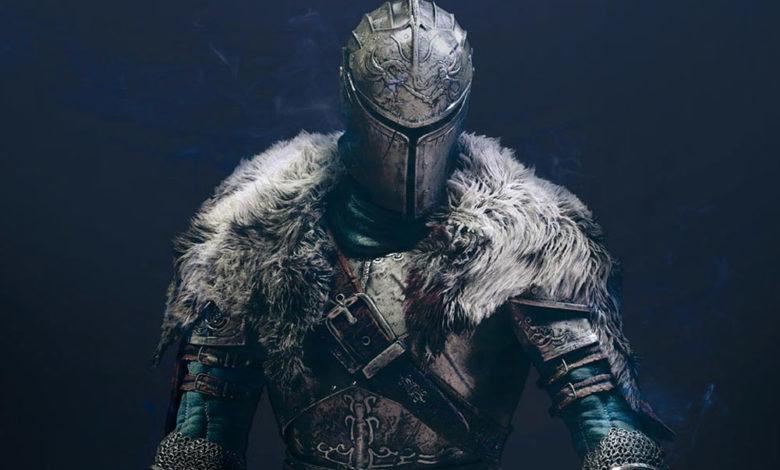
You’ll find few franchises that have been pored over, dissected and therycrafted more than From Software’s Dark Souls and its spinoffs.
The internet has spent the last decade or so tying itself in knots trying to understand just how such an oftentimes clunky action RPG series, with obtuse systems and an infamously unforgiving difficulty curve, became a cultural touchstone. Hell, books have been written on the subject.
But it wasn’t always so. Like many of the best new acts, Dark Souls suffered from ‘second album’ syndrome’; Dark Souls 2 remains something of an outlier to this day, and perhaps the least well regarded of all Souls games.
With Elden Ring almost upon us, let’s look back at Dark Souls 2’s most controversial changes.
1. Adaptability
Anybody with even the most basic understanding of the Souls series will know that pretty much everything else is secondary to simply surviving.
A huge part of this is the roll mechanics. In layman’s terms, when you roll to dodge attacks you get a number of invincibility frames, during which time most will pass right through you. Traditionally, high Equipment Load would result in comical ‘fat rolls’ with few iframes, whereas characters with a lower relative burden would find it much easier to evade danger.
Dark Souls 2 inexplicably added a new stat called Adaptability. Although it does serve other purposes such as allowing items to be consumed faster, its primary function is to determine how many invincibility frames you get per roll.
This may be the most controversial change of all, and fans remain divided on it. Those in favor tend to argue that Dark Souls 2, particularly when factoring in its meaty DLC, is so vast and with such an abundance of souls available, that it doesn’t matter in the long run.
For our part, we find having to dump a high number of precious stat points into Adaptability early on makes it harder to keep up with Dark Souls 2’s difficulty curve.
Oh, and the game does not explain any of this. At all.
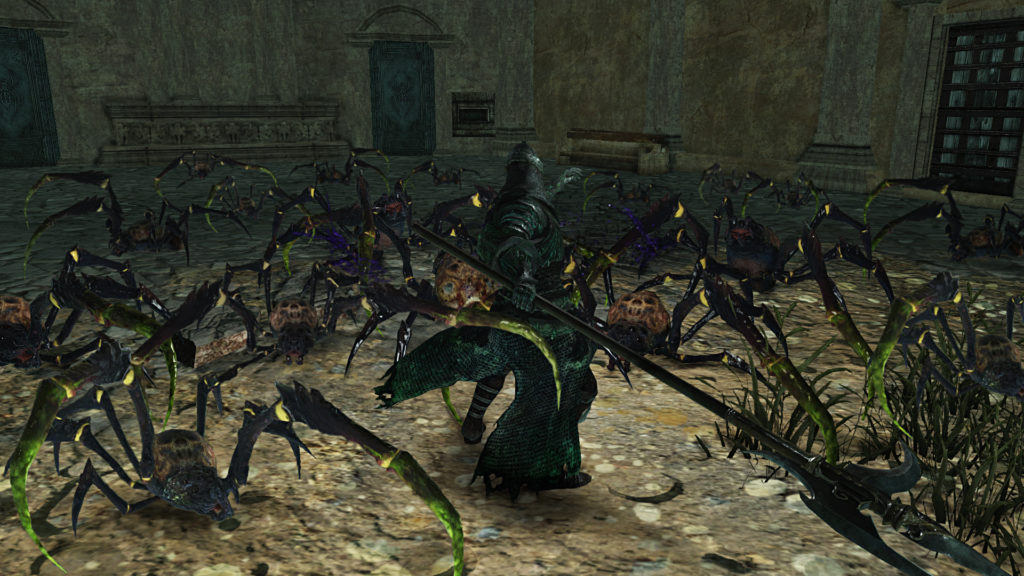
2. Hollowing
The Souls games have always been keen to punish you for failure, but the precise degree of beatdown you’ll receive on death varies from title to title.
In Demon’s Souls, you drop unspent souls but also enter Soul Form, cutting your health in half until certain conditions are met, in addition to affecting World Tendency.
Dark Souls still robs you of your currency, but leaves your health bar unscathed. Furthermore, you enter a ‘Hollow’, undead form, unable to summon or be summoned to other players’ worlds. There are a number of ways to restore your Humanity, but the primary means are by the eponymous rare item or defeating a boss.
Dark Souls 2 takes your souls and turns you Hollow, but also cuts your health by 10% with each death until the halfway point. If anything, the maddening drip drop of losing a little more room for error with every mistake you make is more frustrating than just cutting it by 50 percent straight away.
To put it another way, Dark Souls 2 metes out it’s punishment as agonising water torture rather than simply getting it over with. It almost seems spiteful.
Mercifully, in Dark Souls 3 From introduced an inverse mechanic whereby you enter a buffed ‘Kindled’ state as (effectively) a reward for not dying, replacing Humanity
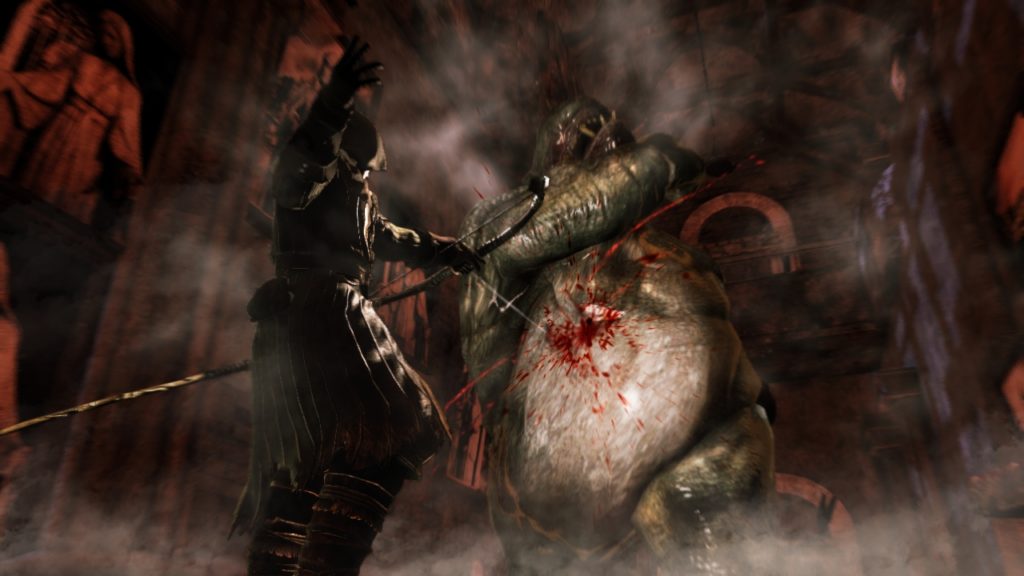
3. Healing
Healing is another respect in which From’s approach has yo-yo’d somewhat over the years.
In Demon’s Souls, your primary method of healing is various types of grass, which are easily grindable and take effect instantly. Ultimately, this allows you to mitigate the game’s difficulty somewhat by acquiring a large stock of fast acting healing items, thereby giving yourself a potentially enormous pool of HP to draw on.
Dark Souls introduced the series’ now infamous Estus Flask, which is rechargeable and upgradable but only offers a set number of uses. This and healing Miracles are pretty much the only ways to restore your health bar without retreating to a Bonfire.
Estus returns in Dark Souls 2, but there’s also an abundance of Lifegems. Like Demon’s Souls’ grass, these are relatively cheap and theoretically unlimited, but are maddeningly slow to take effect. Moreover, because they heal for a specific, relativley small amount of HP, they eventually cease to be effective, even in upgraded form.
As with Adaptability, there’s disagreement within the Souls community as to whether Lifegems were a necessary addition. We think they’re too slow acting to be the crutch some might claim, but do succeed in taking the edge off a little bit for new players that might be struggling with the early game.
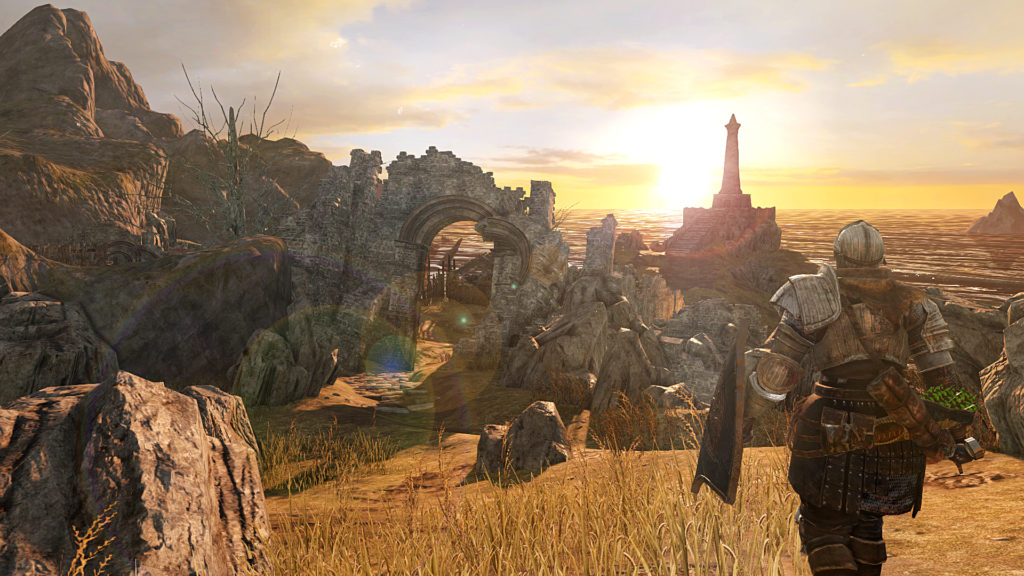
4. Bonfire Ascetics
Upon hitting a roadblock (and believe us, you will hit roadblocks) in any of the Souls games, the best strategy is often to find a suitable grinding spot, grind 10 to 15 levels and then simply try again.
This is considerably less viable in Dark Souls 2, as after a certain point most enemies will simply despawn entirely. The only way to bring them back is by burning a Bonfire Ascetic after defeating the area boss, but this also increases the difficulty of it by one New Game cycle.
Not only could this make enemies too difficult to grind anyway, but the area stays permanently a New Game cycle ahead of your current playthough, which could make future runs extremely difficult.
Ultimately, we’re glad that this high risk and unnecessarily convoluted gameplay mechanic was done away with in subsequent installments.
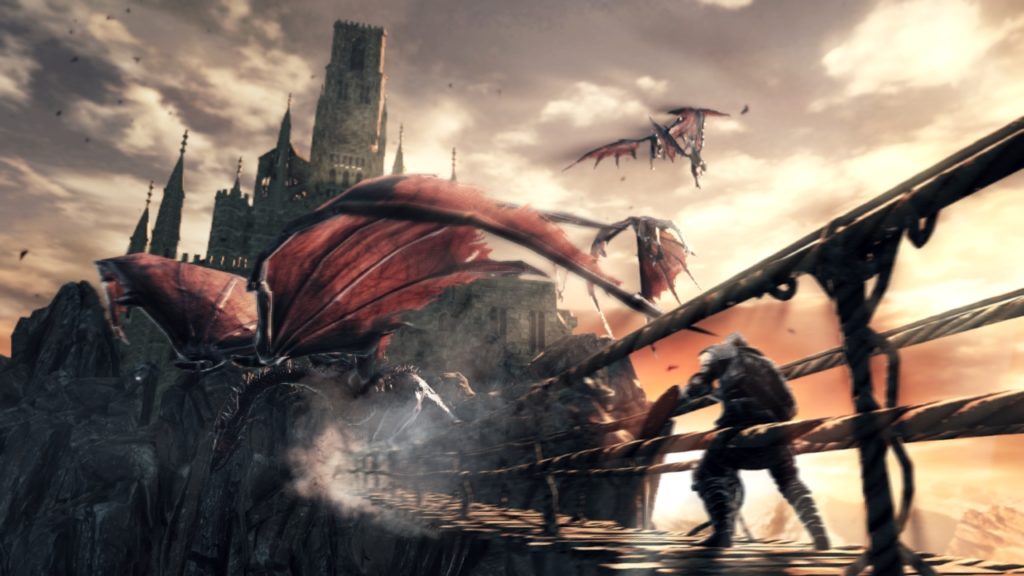
5. World Map
Dark Souls’ world of Lordran is a sprawling, interconnected web of pathways, shortcuts and fast travel points that really is a study in expert level design, even if some individual areas fall short.
For example, descending from the Undead Burg to the sewer-like Depths, then the underground Blighttown and on to the fire and brimstone of the Demon Ruins feels logical and consistent, as do the alternate wraparound routes you can take to get to many of these places. You can even see the places you’ve travelled through from high vantage points.
By contrast, Dark Souls 2’s Drangleic often feels like a disperate hodgepodge of fantasy tropes stitched together without rhyme or reason. Areas transition into one another in ways that seem to defy the laws of physics and the clear sense of direction found in Dark Souls is gone.
Branching paths and alternative routes do feature, but ultimately the world of Dark Souls 2 doesn’t feel as believable or satisfying to inhabit as that of its predecessor or subsequent From efforts.
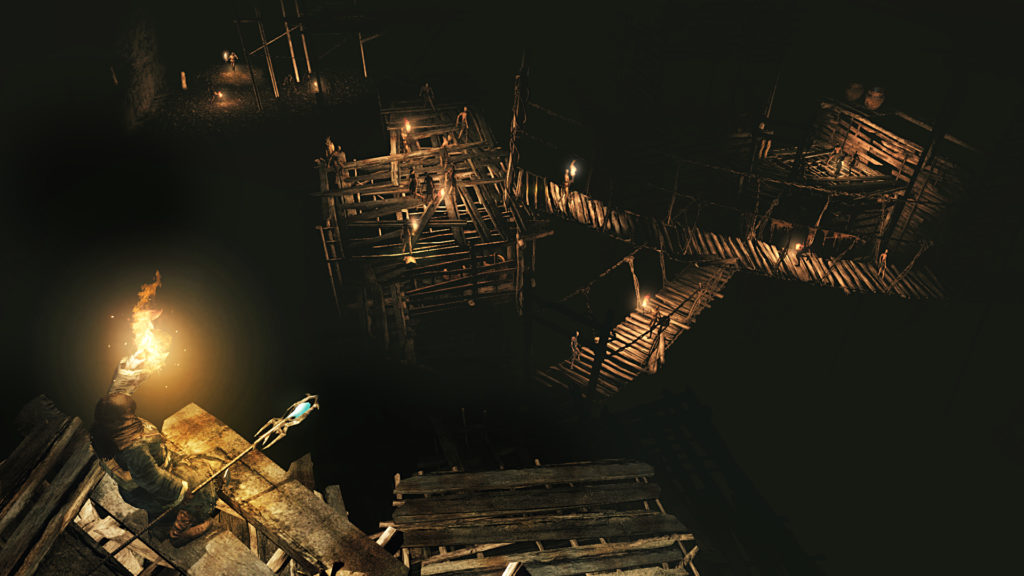
Whether the changes made to Dark Souls 2 were for better or worse is, of course, a matter of opinion. We think the inferior worldbuilding is perhaps the biggest issue here because new players are less likely to persevere through adversity if they don’t feel drawn into Drangleic in the same way they might Dark Souls‘ Lordran, Demon’s Souls‘ Boletaria or Dark Souls 3′s Lothric. The worlds of Bloodborne and Sekiro are equally vibrant and replete with From’s trademark environmental storytelling.
Ultimatley, we’d recommend newcomers tackle Dark Souls Remastered (with its improved performance and stability over the original) or Dark Souls 3 first. For the reasons we’ve discussed above, Dark Souls II should be considered a true From ‘deep cut’; controversial, yet enjoyable if you go in with an open mind, a little experience under your belt, and of course, ready to die again, again and again.
How did you feel about Dark Souls 2? Have you played it? Are you excited for Elden Ring? Still confused about what a ‘dark soul’ even is? Let us know in the comments below.
Elden Ring is developed by From Software and published by Namco Bandai. It releases on Feb 25 for PC, PlayStation and Xbox platforms.

